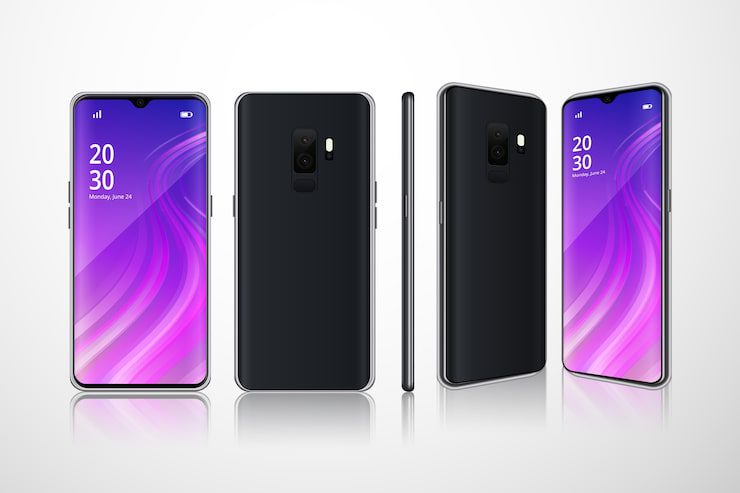“Dealmagnet.uk is a participant in the Amazon EU Associates Programme, an affiliate advertising programme designed to provide a means for sites to earn advertising fees by advertising and linking to Amazon.co.uk.”

Smartphones are no longer just communication devices. They are our cameras, wallets, gaming consoles, workstations, fitness trackers, and gateways to the world. The market is vast and overwhelming, with endless models catering to different needs — rugged smartphones for durability, slim flat models for style, flagship devices for performance, and budget-friendly ones for everyday essentials.
Choosing the right smartphone can feel like navigating a maze of specifications, features, and marketing terms. Should you focus on battery size, camera megapixels, RAM, or processor speed? Is a rugged device better for your lifestyle, or will a flat, lightweight phone be enough?
“Dealmagnet.uk is a participant in the Amazon EU Associates Programme, an affiliate advertising programme designed to provide a means for sites to earn advertising fees by advertising and linking to Amazon.co.uk.”
This comprehensive buying guide is designed to make the decision simple. By the end, you’ll know what features matter most for your lifestyle, what to avoid, and how to weigh pros and cons across categories.
What to Consider Before Buying a Smartphone
Before diving into specific types, let’s outline the universal factors every buyer should evaluate.
1. Budget
- Entry-level smartphones (basic calling, messaging, browsing)
- Mid-range devices (balanced performance, cameras, and battery life)
- Flagships (top-tier specifications, premium design, future-proofing)
💡 Tip: Spending more doesn’t always mean better. Often, mid-range devices offer the best price-to-performance ratio.
2. Operating System
- Android: Flexible, customizable, wide range of devices and price points.
- iOS: Simplified ecosystem, regular updates, optimized for performance and security.
💡 Tip: Choose Android for variety and customization; choose iOS if you want simplicity and seamless integration.
3. Performance Specs
- Processor (CPU & GPU): Determines speed and multitasking capability.
- RAM: 4GB is enough for light use, 8GB+ for multitasking, 12GB+ for power users.
- Storage: 64GB minimum, but 128GB+ recommended for media-heavy users.
4. Display
- Flat vs. Curved: Flat offers durability and usability, curved feels premium but fragile.
- Size: Compact (5–6”), standard (6–6.5”), large (6.7”+).
- Resolution & Refresh Rate: FHD+ is standard; 90Hz–120Hz refresh rates feel smoother.
5. Camera System
- Lenses: Wide, ultra-wide, telephoto, macro.
- Megapixels: Not everything—look for sensor size, aperture, and software optimization.
- Video Quality: 4K is common; some support 8K recording.
6. Battery & Charging
- Capacity: 4,500mAh+ recommended for heavy users.
- Charging Speed: Fast charging (30W–120W), wireless charging, reverse charging.
7. Durability
- Rugged Phones: Shockproof, waterproof (IP68/IP69K), drop-resistant.
- Standard Phones: Slimmer, lighter, but more fragile.
8. Connectivity
- 5G: Faster browsing and downloads.
- Wi-Fi 6/6E: Better performance in crowded networks.
- Dual SIM: Useful for travelers or work/personal numbers.
9. Special Features
- Fingerprint scanners (under-display, side-mounted)
- Face unlock
- Stylus support
- Satellite messaging (new trend for emergencies)









